Last year marked the 20th anniversary of Lara Croft’s grittiest adventure to date: Tomb Raider: The Angel Of Darkness. Wrongly accused of her mentor’s brutal murder in Paris, the sixth series entry sees Lara set out to clear her name and continue Von Croy’s work, retrieving the five Obscura paintings.
Each painting hides a piece of the Sanglyph, an artefact that holds the power to revive the last remaining Cubiculum Nephili, known as ‘The Sleeper.’ For alchemist Pieter van Eckhardt and the Cabal, rebreeding the entire race remains the goal. But before Lara could stop yet another evil mastermind, her journey from developer’s page to console was every bit as demanding.
Out of the tombs
Crofty’s apparent death at the end of the fourth game couldn’t silence the constant demand for more, and Core was pushed for ways to revive her – fifth game Tomb Raider Chronicles was built around tales being told of Lara’s exploits at her memorial service. Writer Murti Schofield was recruited to help begin a new era: “There were some excellent storytellers on staff, but everybody was exhausted. I was asked to come up with a game concept and story that could span across three games […] The pressure was on to create something new and visionary, with the addition of a spin-off character.”
As Schofield began to craft ideas weaving in legends of the Knights Templar, Nephilim, and alchemic mysteries, lead game designer Richard Morton also felt the challenge when overhauling both Lara and her environments. “The hardware played a major hurdle; we were working on prototype PS2 hardware for most of the development. We’d built quite a large chunk of the environments and characters with far too much detail for what the final hardware could handle, both in terms of memory and processing.”
The impressive concepts that Core wanted to deliver on became a running issue, with builds proving constant obstacles throughout the tight development timeline. “Streaming was in its infancy, so we decided to cut the levels up at strategic points and allow the player to move between the parts. It wasn’t perfect, but it allowed us to keep the overall design of a level intact,” Morton explains. Case in point: the loading in between the isolated industrial areas. “The Parisian streets were a challenge. We wanted to make them look as real and detailed as possible, [but] it was just too big.”
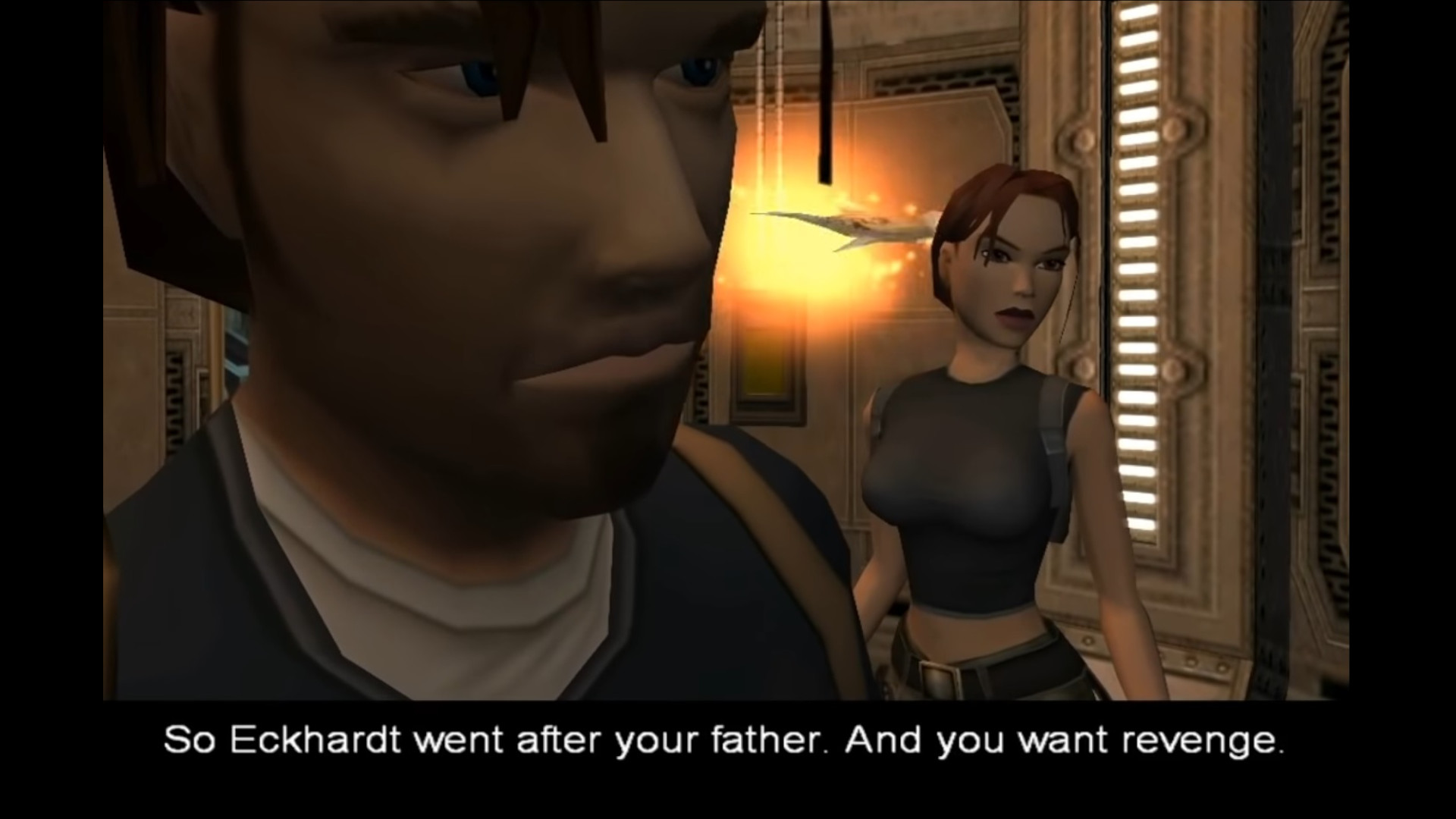
“[Another] main level we cut was the scrapyard. Even with very basic wrecked cars it was still too detailed.” Understandably unsure after two decades, Morton reveals “I’m sure the scrapyard was to be part of Paris; Lara had to go there in search of a character that could help her possibly enter the sewers.” The average occupational hazard, right Lara?
Sadly, some carefully planned narrative threads also got the chop. “The story was actually twice as big as the final released game,” Morton says.
“The problem [was, it] became obvious that we wouldn’t get to Turkey,” Schofield adds – Cappadocia was one location originally planned for exploration. “We settled for Paris and Prague; I rewrote the story and brought some of the Turkish story elements into the European locations, so the Cubiculum Nephili came to Prague and we worked that way,” he explains.
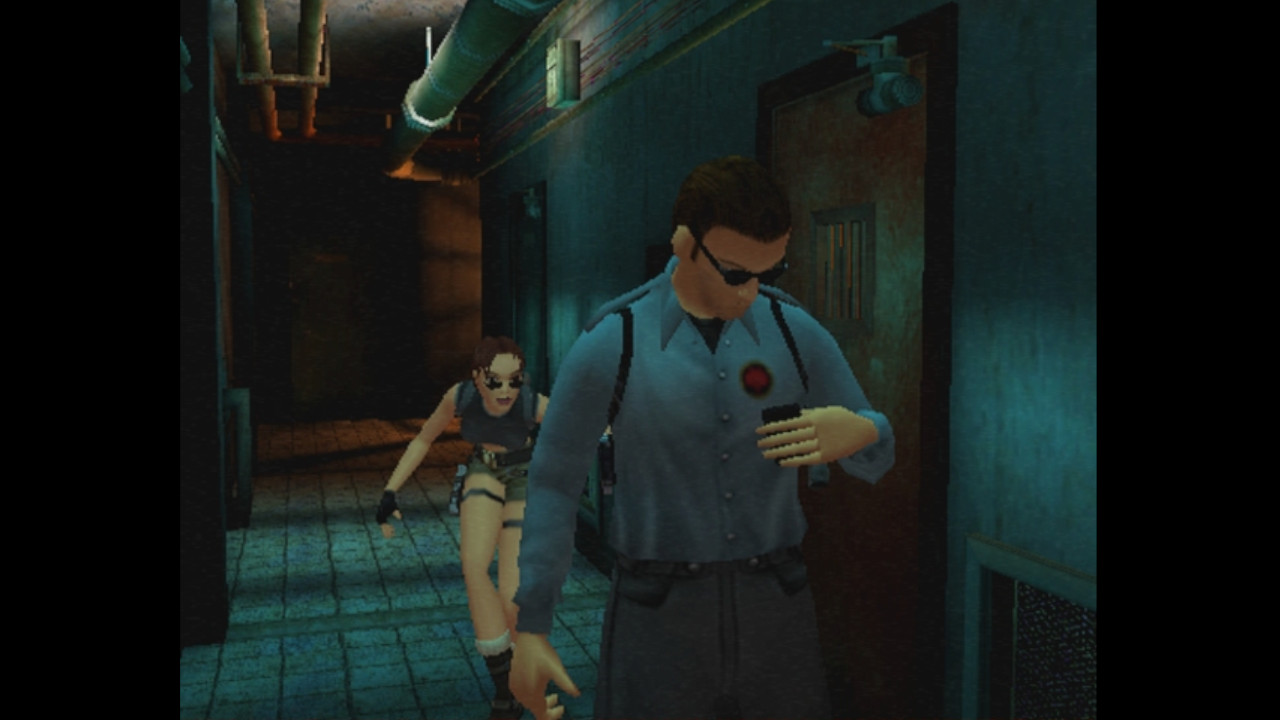
Even during the final marketing phases, cuts were still being made. The character of Putai, the North African shaman who healed Lara after her ordeal in Egypt, was sadly left unused. Composer Peter Connelly shared a deleted scene which illustrates the events after The Last Revelation. So, why was it cut?
“Putai was essential to the story, but the powers that be deemed the idea to be surplus to the game. Thinking back, I totally disagree,” Morton muses. “Having the backstory of how Lara not only came back from the dead, but also how her upgrade and hints system should have worked […] Even the training level was to be set within Putai’s sanctuary, a network of caves and tunnels in the desert, with Putai appearing as a spectral talisman at key points in the game.”
“There were decisions being made like that all the time; I lost acres of work to that kind of decision making. I mean Putai, there’s another character that needs a series,” adds Schofield.
Blade for hire
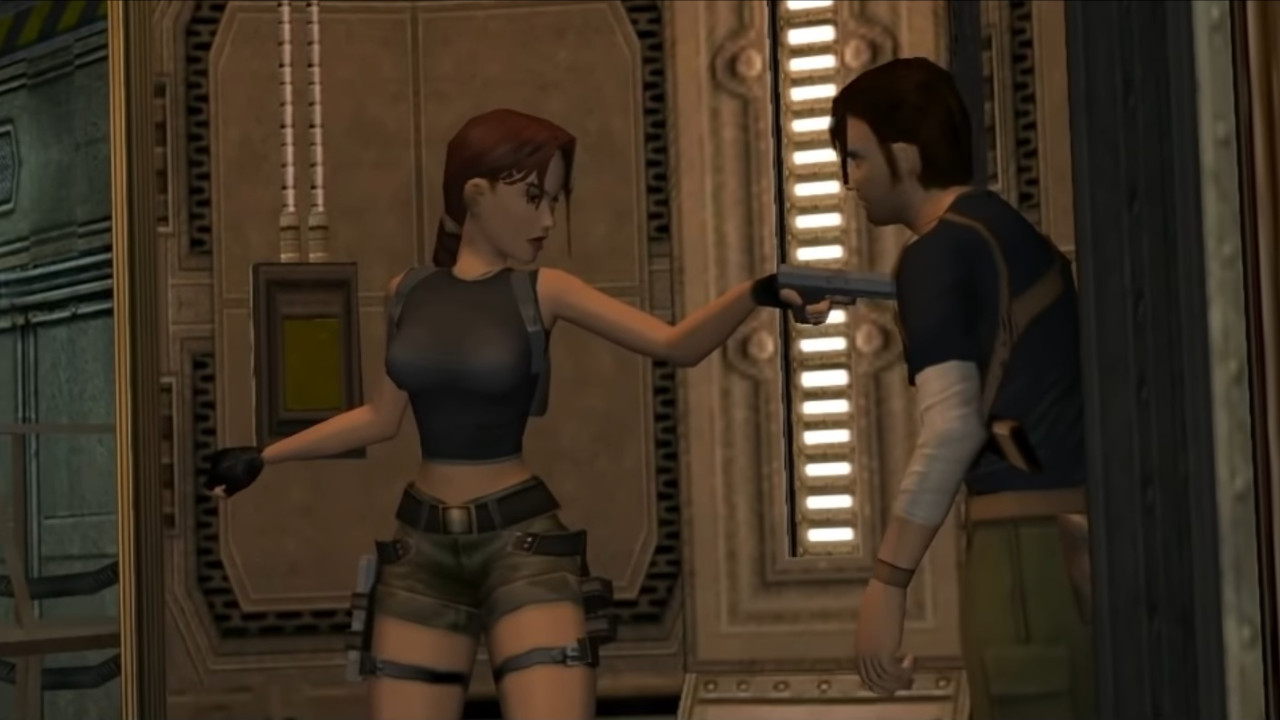
“We wanted an equal to Lara, a possible love interest for her.”
One thing was clear: the scissors were not to be used on Angel Of Darkness’ elusive new secondary protagonist, former soldier and adventurer Kurtis Trent. With Lara strong enough in her own right, why did they need the new guy?
“We wanted an equal to Lara, a possible love interest for her. We also wanted another playable character with different abilities, someone with psychic powers that could have out-of-body journeys and manipulate the levels, such as flying through barred doors to reach areas Lara couldn’t,” Morton recalls.
It wasn’t long before Schofield had the perfect character in mind: “I’ve always been very interested in the archetype of the loner, the strong, self-reliant individual. I wanted someone who was fiercely independent. We need a character we can really get behind; he’s multi-layered and we want to know why he behaves the way he does.”
Kurtis’ arrival had been meticulously crafted and his character was dripping with backstory. Not only is he a skilled mercenary, his abilities stem from his familial roots. Kurtis’ father is one of the last remaining members of the Lux Veritatis, with his abilities inherited from this special bloodline.
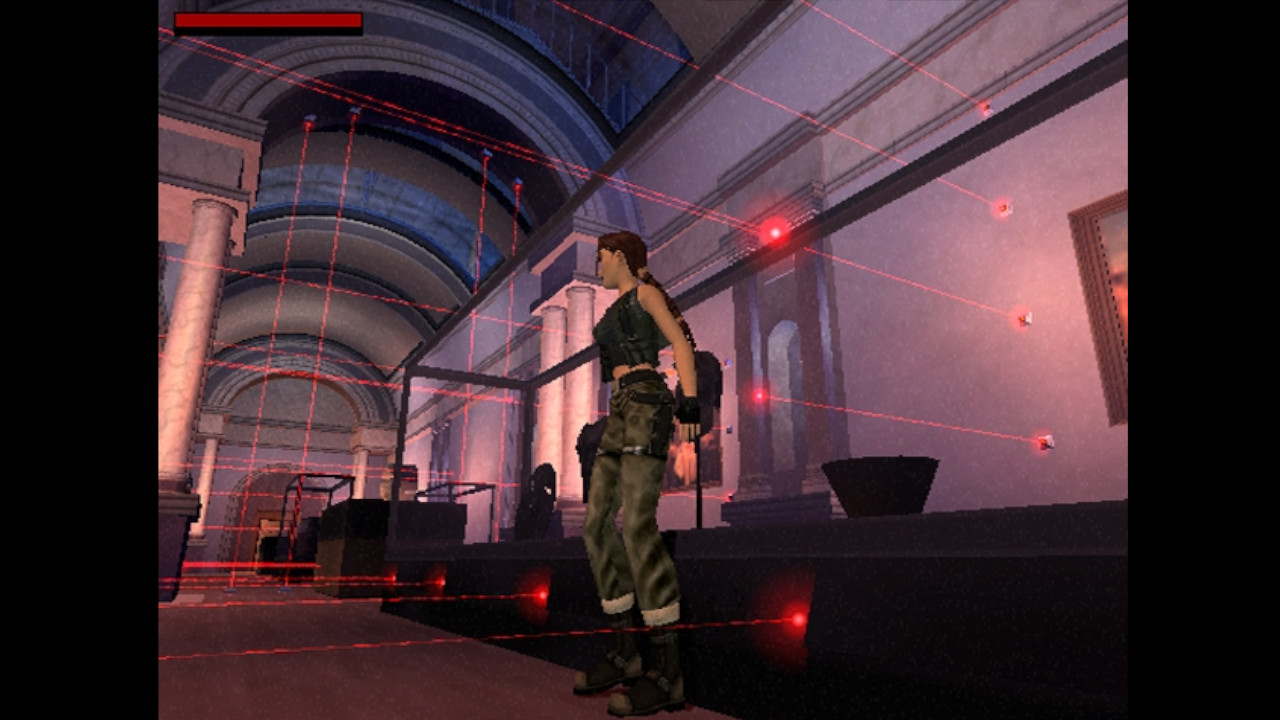
Sadly, owing to the amount of time the developers had, we were unable to see the full breadth of his skills. “Kurtis was going to be able to do all sorts of wonderful things […] and everybody was excited about that,” Schofield recalls. “But the programmers couldn’t sort what was required [in the time that was given]. In the end, he ran around shooting things and doing bits and pieces, which was a great shame. But it was typical of the kinds of compromise that had to be made the whole way through.”
Many of his abilities were only witnessed in cutscenes in the final release, including remote viewing, telekinesis, and the use of his discus-blade, the chirugai. The true expanse of his telekinesis would have ventured into object manipulation, levitation, and creating forcefields – powers that we can only assume would’ve been used for his own journey.
Although the focus was on creating the sixth Tomb Raider, a dedicated spin-off for Kurtis was still on the cards at the time. With the astonishing amount Schofield had written, it became apparent that its story would have delved further into Trent’s history. “He would end up going to Tibet and Antarctica, chasing down some ex-WW2 Nazi secret bases there, which were to do with the breeding program that Eckhardt had had running in Europe from the 1400s and 1500s.”
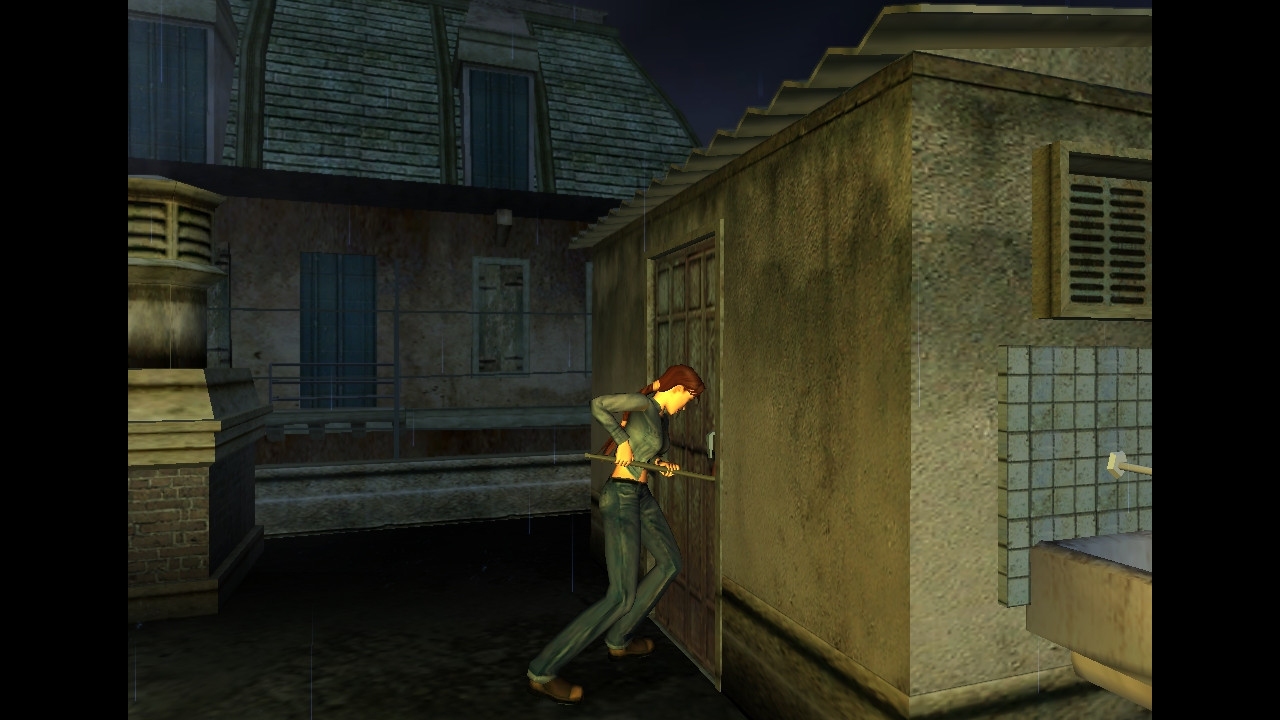
Although Kurtis had previously tried to avoid the obligations of his heritage, links continued to bind him to his previous life. Eckhardt’s threat to and betrayal of his Nephilim elders led to his imprisonment deep in the bowels of Castle Kriegler, where Kurtis’ grandfather was the last Lux Veritatis guardian. After Eckhardt’s accidental release during a Nazi bombing centuries later, he murdered Kurtis’ father, triggering a chain of events where Kurtis will not allow The Black Alchemist’s actions to go unpunished.
His pursuit of Eckhardt solidifies his acceptance of his inheritance, yet Schofield muses on a parallel idea: “One of the background themes that I’ve always had is not that Lara or Kurtis are super-beings, but they come from a bloodline which is connected to the breeding programme that Eckhardt started, wanting to breed the perfect race. They have a tendency, because of this bloodline connection, to be drawn to high-risk situations. They live for the thrill of adventure,” he continues. “If you were to do a family trace line back from Lara, Kurtis and various other characters, they would all link, in a tenuous way, back to some of these programmes.”
Into the darkness
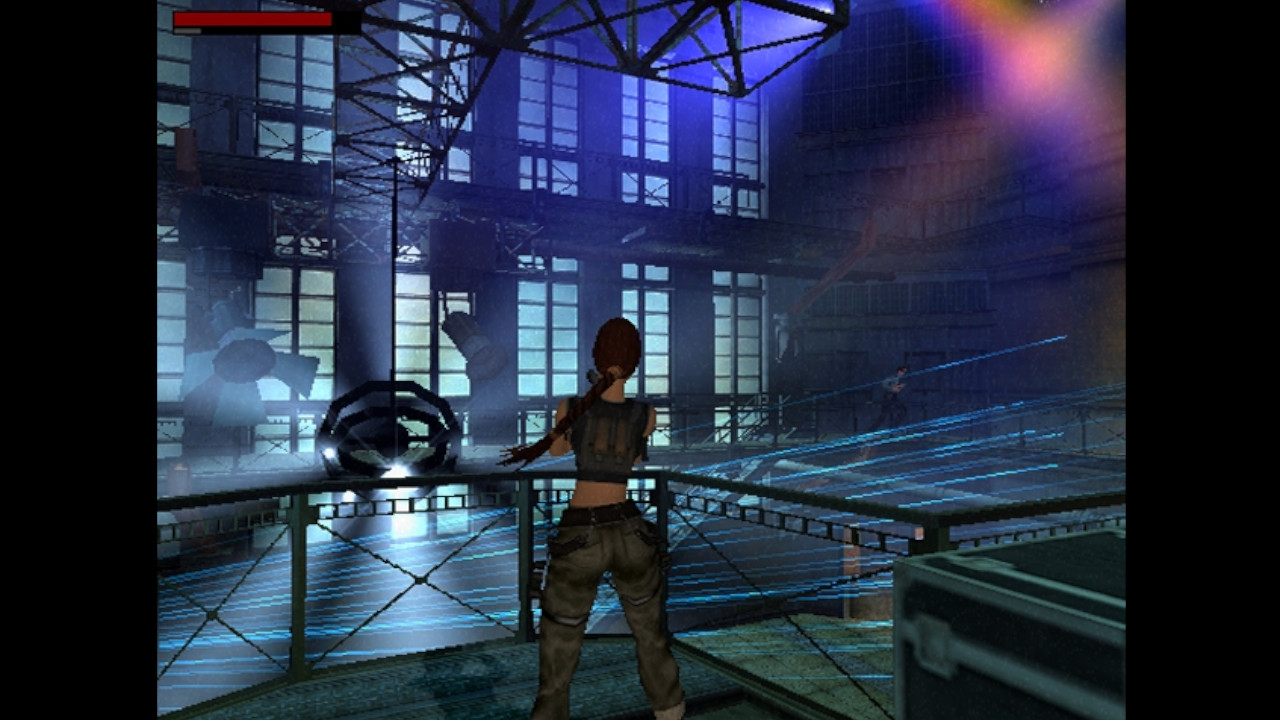
With ideas for Trent’s spinoff buzzing and AOD bringing an impressive story to the series, it’s no surprise that its sequels would follow suit. “The next visit would be Turkey. It would obviously kick off in Prague and then back to Castle Kriegler,” says Schofield.
After Karel was revealed to be the true ringleader in the game’s final act, as well as a Nephilim, his work appears unfinished. According to Schofield: “Karel continued to appear as Eckhardt for a while to what was left of The Cabal, and then he reveals himself and says ‘Eckhardt is dead’. Then he reforms the new Cabal […]. He wants to re-establish the Nephilim race, even if it means having to breed them with selective bloodline humans to get something close to the original Nephilim – that’s what his life is, his centuries-long plan is exactly that.”
From start to its unrequited finish, The Angel Of Darkness remains ambitious, unmatched in detail and rich in well-crafted lore – it’s devastating for fans of the tomb raiding icon that we were never able to witness just what was in store for the trilogy. Given hefty delays have become commonplace in modern game development, it’s a shame that a wait wasn’t possible for this title’s 2003 release. “I think if we’d been given the time to fully realise the vision of the project then maybe Tomb Raider would still be at Core Design, with the sequels being developed,” reflects Morton.
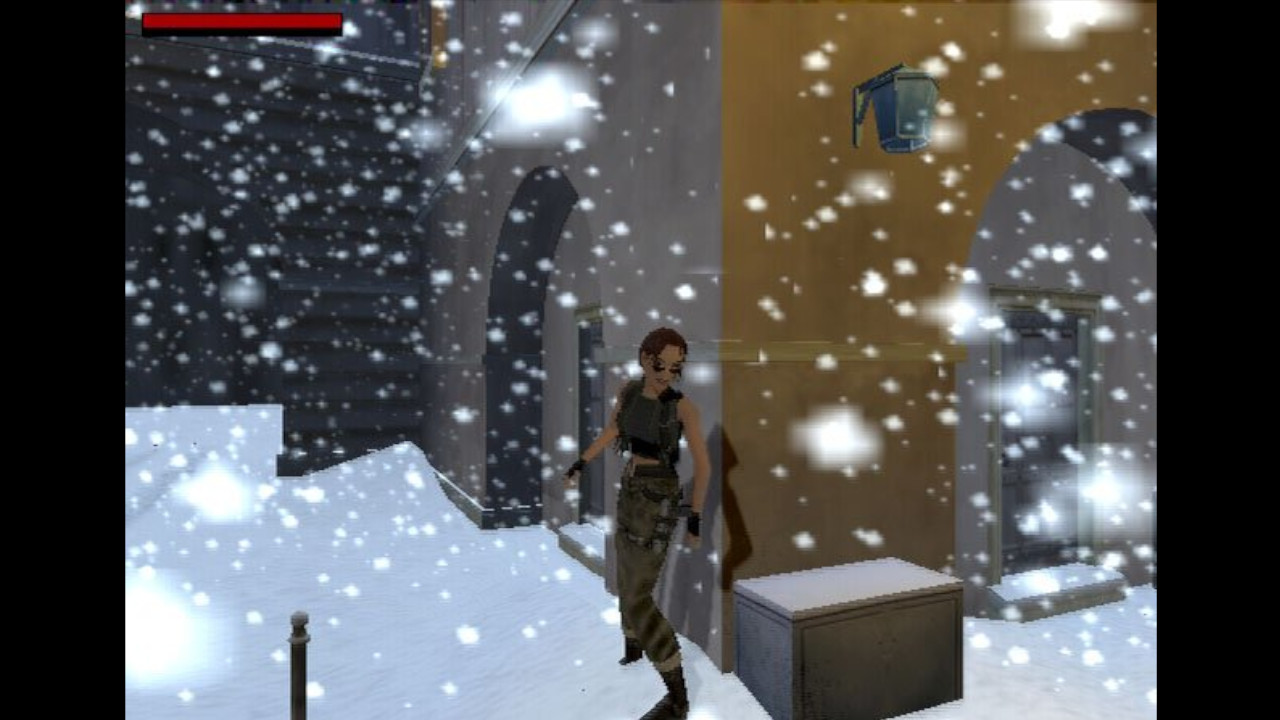
“We worked on many iterations and I think we nailed it around ten months from release.”
Sadly, many look at AOD as the title that gave Core Design the kiss of death. Its release was extremely rushed and, unfortunately, it hit shelves with issues – the controls chief among them – in an era when people bought their games on disc and Day One patches weren’t usual. Over the years it’s caused many to dub the game the worst within the series. Outside of the community, it’s rare that Lara’s sixth tale gets the praise it deserves.
“I really wanted a better control system for Lara,” says Morton. “We worked on many iterations and I think we nailed it around ten months from release, but some people felt giving the player full control of the camera was too much; I guess we were a little ahead of our time with that.”
“We were all wanting to make the best game we possibly could, of course we were. We didn’t want to produce something that was broken and only half-formed, who wants to do that?” Schofield adds.
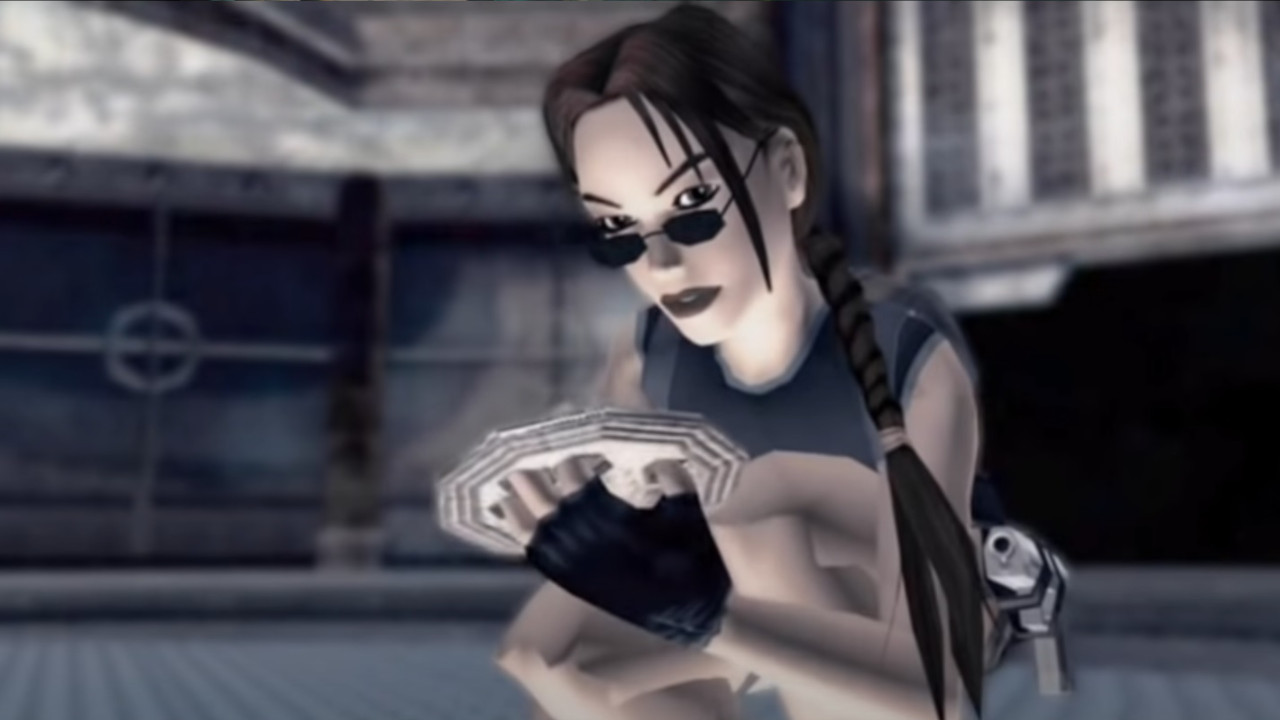
Irrespective of the initial unfavourable response to the game, those who’ve immersed themselves in and studied the story are enthusiastic in expressing their passion for the tale. However, its continued celebration comes as something of a shock to Morton: “It was a little surprising at first, but the story and characters are great, so I think the fans of the game can really gloss over the faults and love the overall experience. It’s an honour for me to know there are many people out there who truly appreciate what we were trying to achieve.”
With dedicated fan events, novelisations, short films, and more, it undisputedly holds a cherished space in fans’ hearts; it’s a passion showing no sign of abating, either. “I just never expected that it would still be around and stronger than ever! It’s absolutely wonderful for me at this stage to be connected with people who are interested in what I have done and what I’m still doing now,” Schofield says. “Loads and loads of people’s own creative efforts have taken off because of the influence of it, which is wonderful for me to hear. The fans are the heart and the core of what’s happened to The Angel Of Darkness.”
Lara’s exit from Core Design will always feel bittersweet, yet as Winston in Tomb Raider Chronicles once said: “She will live on forever in our hearts.”
Bonus: Third time’s the charm
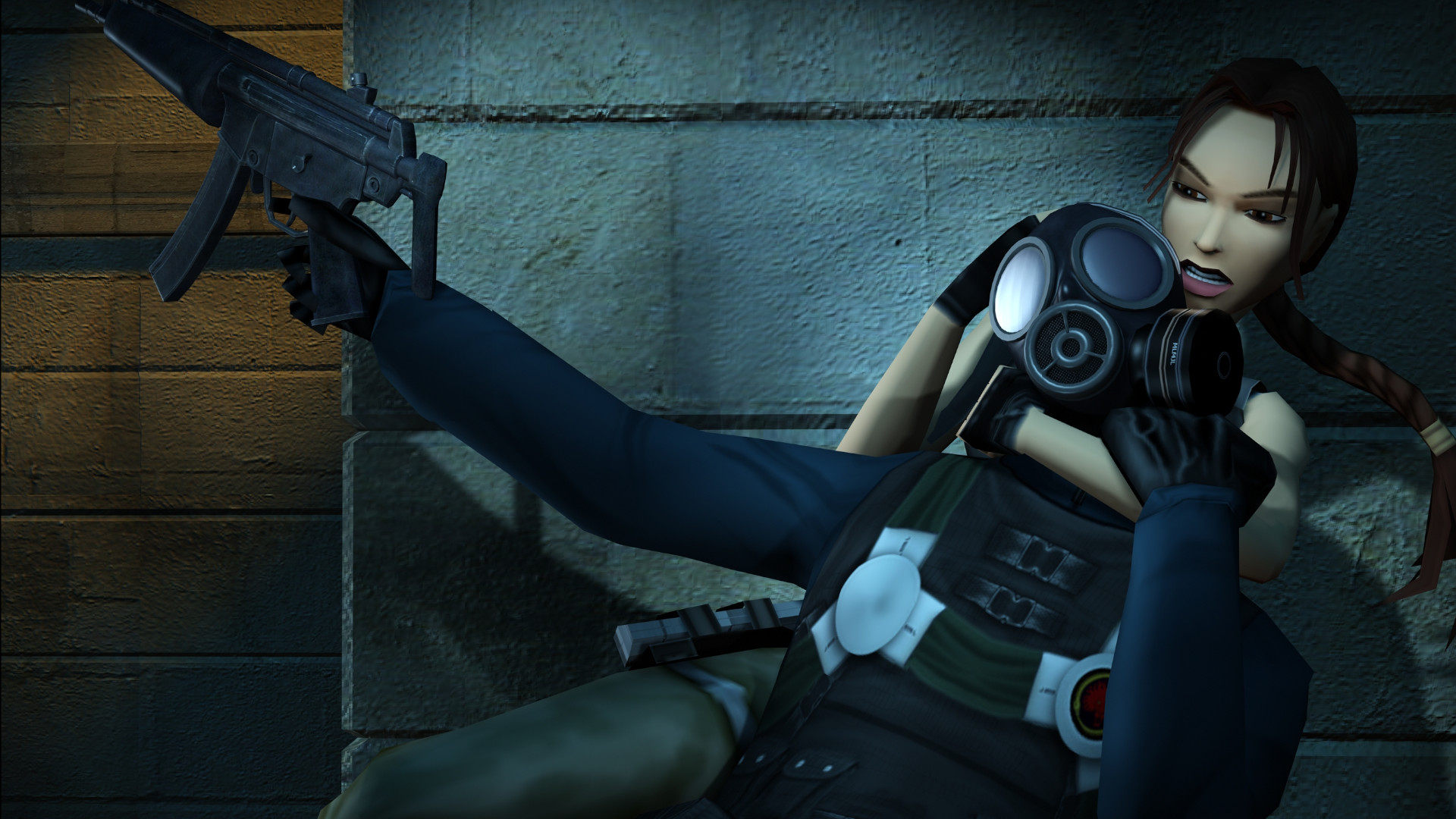
Before we wrap up, we have a final word with Jonell Elliott, Lara Croft’s voice actor for the at-the-time next-gen journey.
PLAY: Understandably, Lara appeared far colder in the Angel Of Darkness compared to her more playful vibe in previous entries. How did you find that character switch compared to your previous performances in The Last Revelation and Chronicles? Were you given any notes from Murti on her journey from the tombs to Paris?
Jonell Elliott: I loved voicing the version of Lara in The Angel Of Darkness, as it was darker, grittier – almost like Lara was the villain herself! A complete badass version [of Lara], which, as a voice actor, is a dream. I think we all hanker after those parts.
I think the most challenging part was probably all of the Lara sound effects, like the fighting scenes and such. Of course, Murti’s complex, surreal script completely called for it and it wasn’t hard to be immersed in all of its sinister glory. Murti was on hand as we turned every rivetting page, guiding us along and explaining everything in intimate detail.
This feature originally appeared in PLAY Magazine – which printed its final issue in 2024. Itching to grab some artefacts yourself? Then check our best Tomb Raider games list!





